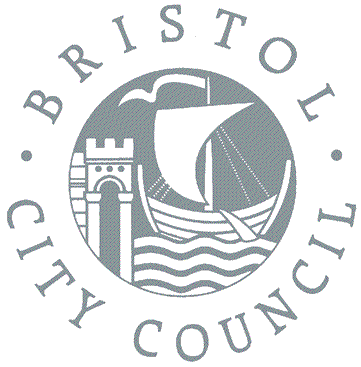Archaeological Excavation Work
Excavations, particularly of large city centre sites, are the most visible and recognisable aspect of our work. Our aim is to record everything that we find as fully as possible, so that someone who never visited the site can still understand it.
Methods
We excavate sites in such a way that we can record the relationships of the walls or other features that we find. The relationships (stratigraphy) tell us how the use of the site developed or changed over time. Each layer, pit or wall is a single event or ‘context’ and for each context we make a written description recording the size, shape, extent and soil type, as well as its relationships to other contexts around it. We also make scale drawings and take numerous photographs, to provide the fullest possible record of the site.

Excavation of a wall within the site of the Royal Fort in Bristol
Our sites are surveyed using a Total Station Theodolite (TST) and tied in to the Ordnance Survey grid, so that everything we find can be pinpointed precisely. Some objects need to have their locations recorded in this way, especially unusual or finely worked items.
Finds
We look for many different types of evidence. Pottery, animal bones and clay tobacco pipes all give us more information about a site. Often we take soil samples to test for evidence for agriculture such as charred seeds, grains or stems, or for metal working such as hammerscale, which is the small flakes and blobs of iron which fly off in the form of sparks when iron is being worked by a smith. Samples from cesspits can contain fruit seeds, and even the remains of intestinal parasites. If a site is very wet, we often find material such as wood, leather or textile, which would not normally survive in drier ground.
BaRAS is registered as an organisation with the Chartered Institute for Archaeologists
All material © copyright BaRAS 2004 – 2016




